![]() 服務(wù)熱線電話
服務(wù)熱線電話
400-801-0899
外賣打包袋作為連接商家與消費(fèi)者的重要載體,其設(shè)計不僅影響使用體驗(yàn),更關(guān)乎品牌形象與環(huán)保責(zé)任,在設(shè)計過程中需規(guī)避一系列可能引發(fā)問題的禁忌,確保功能性與合理性并存。
As an important carrier connecting businesses and consumers, the design of takeaway packaging bags not only affects the user experience, but also relates to brand image and environmental responsibility. In the design process, a series of taboos that may cause problems need to be avoided to ensure functionality and rationality coexist.
材質(zhì)選擇的禁忌直接關(guān)系到實(shí)用性與環(huán)保性。首先,避免使用過薄的非降解塑料材質(zhì),這類材料承重能力差,極易在裝載食物時出現(xiàn)破損、滲漏,不僅影響消費(fèi)者體驗(yàn),還可能造成環(huán)境污染。其次,不可選用含有刺激性氣味的材料,部分劣質(zhì)再生塑料或涂膠材料會釋放異味,污染食物,危害健康,尤其不適用于直接接觸熱食的場景。此外,需避開密封性過強(qiáng)且無透氣設(shè)計的材質(zhì),對于帶湯汁、熱氣的食物,密閉環(huán)境易導(dǎo)致袋內(nèi)氣壓升高,可能引發(fā)袋子膨脹破裂,同時高溫蒸汽凝結(jié)的水珠會加速袋子受潮變質(zhì)。
The taboos in material selection are directly related to practicality and environmental friendliness. Firstly, avoid using overly thin non degradable plastic materials, which have poor load-bearing capacity and are prone to damage and leakage when loading food. This not only affects the consumer experience but may also cause environmental pollution. Secondly, materials containing irritating odors should not be used. Some inferior recycled plastics or adhesive materials may release odors, contaminate food, and pose a health hazard, especially not suitable for direct contact with hot food. In addition, it is necessary to avoid materials with strong sealing and no breathable design. For food with soup or hot air, a sealed environment can easily cause the air pressure inside the bag to rise, which may cause the bag to expand and break. At the same time, water droplets condensed by high-temperature steam can accelerate the bag to become damp and deteriorate.
結(jié)構(gòu)設(shè)計的禁忌影響使用便利性與安全性。袋口設(shè)計忌過于復(fù)雜,如繁瑣的繩結(jié)、難以撕開的封口,會增加消費(fèi)者取用食物的難度,尤其在單手操作時容易造成食物灑落。提手部分是設(shè)計重點(diǎn),需避免使用過細(xì)的繩帶或僅靠膠水粘貼的提手,這類設(shè)計在承重時易斷裂,存在安全隱患;同時提手與袋身的連接部位需加固,忌僅通過簡單縫紉或熱壓固定,否則在裝載較重食物時可能脫開。此外,內(nèi)部隔層設(shè)計忌布局混亂,若隔層尺寸與常見餐盒不匹配,會導(dǎo)致食物在運(yùn)輸中晃動碰撞,湯汁溢出,失去分隔的意義。
Taboos in structural design affect the convenience and safety of use. The design of the bag opening should not be too complicated, such as cumbersome knots and difficult to tear seals, which will increase the difficulty for consumers to access food, especially when operated with one hand, which may cause food to spill. The handle part is the focus of the design, and it is necessary to avoid using overly thin ropes or handles that are only glued together. Such designs are prone to breakage during load-bearing and pose safety hazards; At the same time, the connection between the handle and the bag body needs to be reinforced, avoiding simple sewing or hot pressing fixation, otherwise it may detach when loading heavy food. In addition, the internal compartment design should avoid chaotic layout. If the compartment size does not match the common food box, it will cause food to shake and collide during transportation, soup to overflow, and lose the purpose of separation.
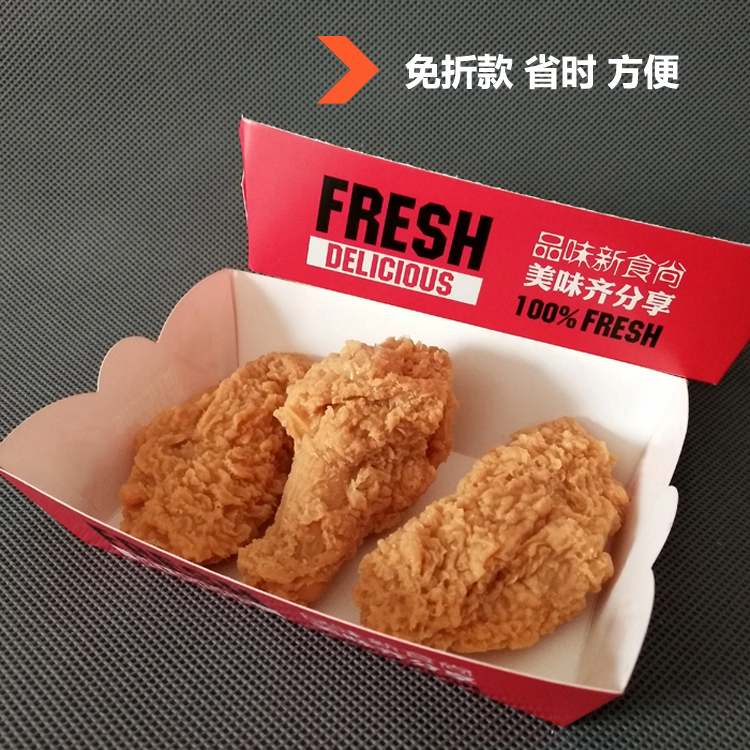
印刷與標(biāo)識的禁忌關(guān)乎信息傳遞與品牌調(diào)性。印刷內(nèi)容忌包含虛假宣傳或誤導(dǎo)性信息,如 “100% 完全降解” 等不符合實(shí)際的環(huán)保宣稱,可能引發(fā)消費(fèi)者質(zhì)疑與信任危機(jī)。圖案設(shè)計需避開低俗、暴力或違背公序良俗的元素,這類內(nèi)容不僅破壞品牌形象,還可能引起消費(fèi)者反感。色彩搭配忌過于刺眼或暗沉,高飽和度的熒光色易造成視覺疲勞,而過于灰暗的色調(diào)則可能讓消費(fèi)者聯(lián)想到不潔,影響對食物品質(zhì)的判斷。同時,印刷油墨需選用環(huán)保無毒的類型,忌使用氣味重、易脫落的劣質(zhì)油墨,避免油墨沾染食物或釋放有害物質(zhì)。
The taboos of printing and labeling are related to information transmission and brand tone. Printing content should not contain false advertising or misleading information, such as "100% complete degradation" and other environmental claims that do not conform to reality, which may trigger consumer questioning and a crisis of trust. Pattern design should avoid elements that are vulgar, violent, or violate public order and good customs. Such content not only damages the brand image, but may also cause consumer backlash. Color matching should not be too dazzling or dull. High saturation fluorescent colors can easily cause visual fatigue, while excessively dark tones may associate consumers with uncleanliness and affect their judgment of food quality. At the same time, environmentally friendly and non-toxic printing inks should be selected, and low-quality inks with strong odors and easy detachment should be avoided to prevent ink from contaminating food or releasing harmful substances.
功能適配的禁忌體現(xiàn)在場景匹配度上。設(shè)計時忌忽略不同食物的特性,例如為湯面類食物設(shè)計的打包袋,若未預(yù)留放置湯勺、筷子的獨(dú)立空間,會導(dǎo)致餐具與食物混雜,影響衛(wèi)生;而為油炸食品設(shè)計的袋子若缺乏透氣孔,會使熱氣積聚導(dǎo)致食物變軟,失去酥脆口感。此外,忌盲目追求大容量而忽視便攜性,過大的袋子在單手拎握時難以平衡,容易傾斜,且不利于收納存放,尤其不適合外賣騎手在交通工具上攜帶。
The taboo of functional adaptation is reflected in the degree of scene matching. The characteristics of different foods should not be ignored in the design, such as the packaging bag designed for Noodles in soup food. If there is no independent space reserved for placing spoons and chopsticks, it will lead to the mixing of tableware and food, affecting health; If bags designed for fried foods lack ventilation holes, it can cause heat to accumulate and cause the food to become soft, losing its crispy texture. In addition, it is important to avoid blindly pursuing large capacity while neglecting portability. Bags that are too large are difficult to balance when held with one hand, are prone to tilting, and are not conducive to storage, especially not suitable for delivery riders to carry on transportation.
環(huán)保與合規(guī)的禁忌是社會責(zé)任的體現(xiàn)。禁止在設(shè)計中過度包裝,如多層嵌套、不必要的裝飾性附件,會增加材料消耗與廢棄物產(chǎn)生,違背綠色環(huán)保理念。同時,需避開不符合行業(yè)規(guī)范的設(shè)計,例如未標(biāo)注材質(zhì)成分、承重范圍等必要信息,消費(fèi)者無法判斷袋子的適用場景,可能因誤用造成損失。此外,回收標(biāo)識的設(shè)計忌模糊不清或錯誤標(biāo)注,正確的回收指引有助于消費(fèi)者進(jìn)行分類處理,而錯誤信息會干擾回收流程,不利于資源循環(huán)利用。
The taboo of environmental protection and compliance is a manifestation of social responsibility. Excessive packaging in the design, such as multi-layered nesting and unnecessary decorative accessories, is prohibited as it increases material consumption and waste generation, which violates the concept of green environmental protection. At the same time, it is necessary to avoid designs that do not comply with industry standards, such as not indicating necessary information such as material composition and load-bearing range. Consumers may not be able to judge the applicable scenarios of the bag, which may result in losses due to misuse. In addition, the design of recycling labels should avoid ambiguity or incorrect labeling. Correct recycling guidelines can help consumers classify and process, while incorrect information can interfere with the recycling process and be detrimental to resource recycling.
本文由外賣打包袋友情奉獻(xiàn).更多有關(guān)的知識請點(diǎn)擊:http://m.jdled-gd.com我們將會對您提出的疑問進(jìn)行詳細(xì)的解答,歡迎您登錄網(wǎng)站留言.
This article is a friendly contribution from food packaging boxes For more information, please click: http://m.jdled-gd.com We will provide detailed answers to your questions. You are welcome to log in to our website and leave a message
相關(guān)新聞
- 拼版印刷和專版印刷對于包裝盒的影響2021-05-29
- 包裝印刷行業(yè)的這些知識2021-05-29
- 包裝外形設(shè)計小技巧2021-05-29
- 茶葉包裝盒定制一般包含哪些內(nèi)容2021-05-29
- 禮品盒是否具有促銷的功能?2021-05-29
- 長期使用一次性外賣打包盒會對身體有危害嗎?2021-06-21
- 披薩盒廠家教你如何挑對披薩打包盒?2021-06-24
- 如何辨別一次性打包盒的質(zhì)量和品質(zhì)?2021-06-30



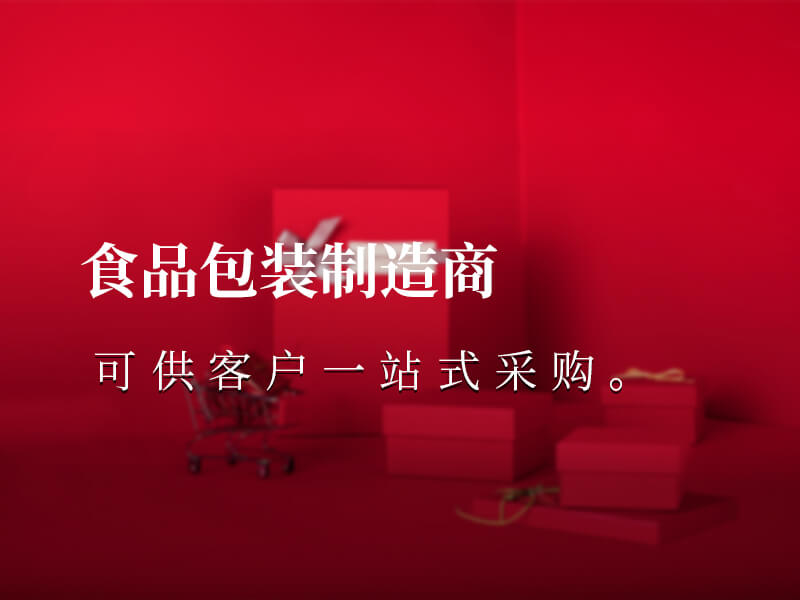
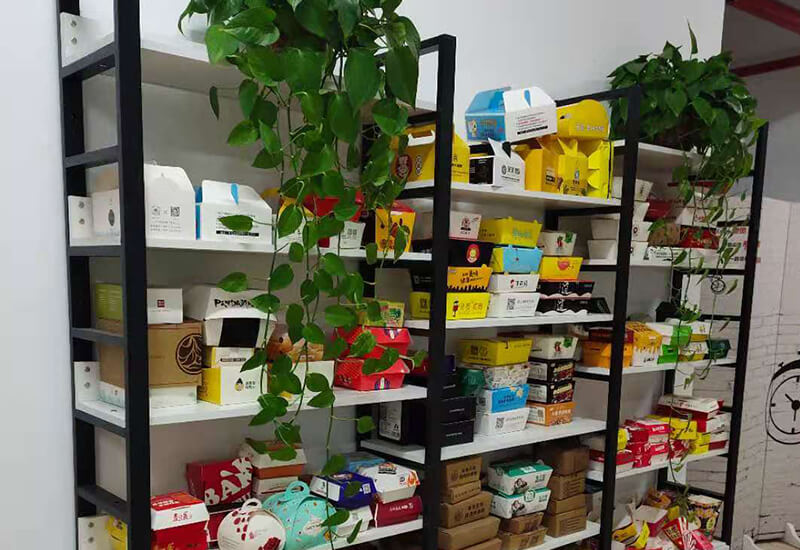
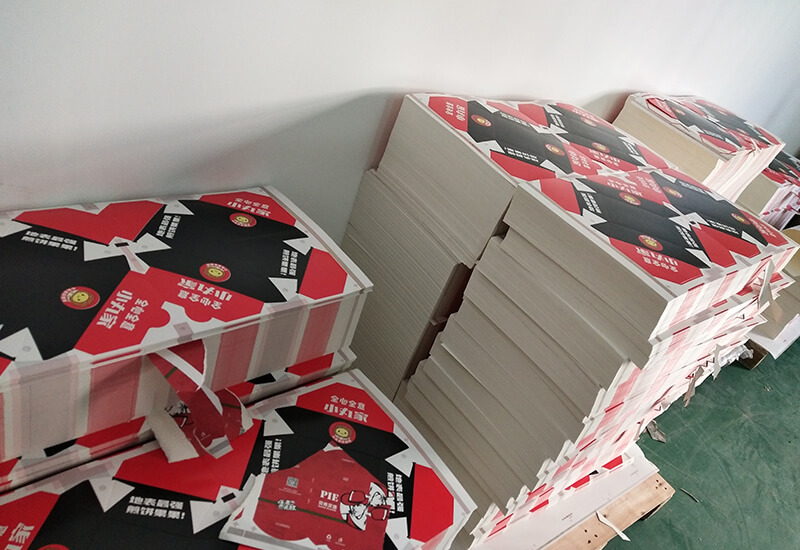
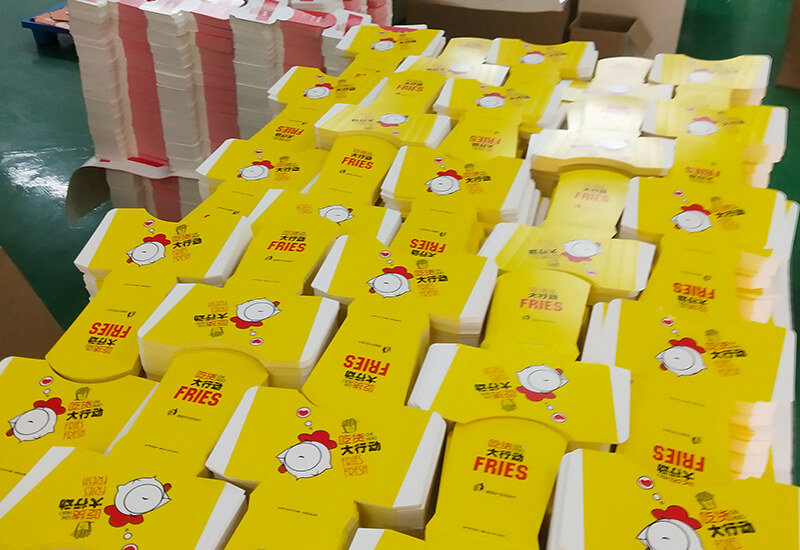
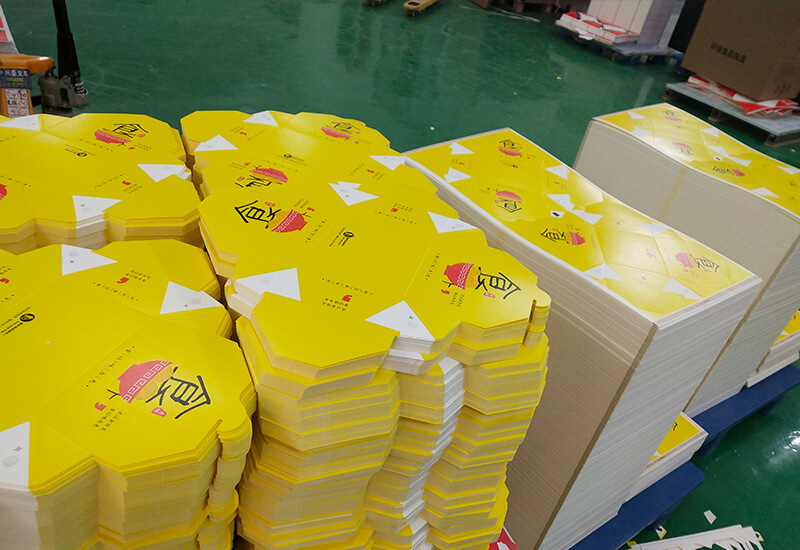

 400-801-0899
400-801-0899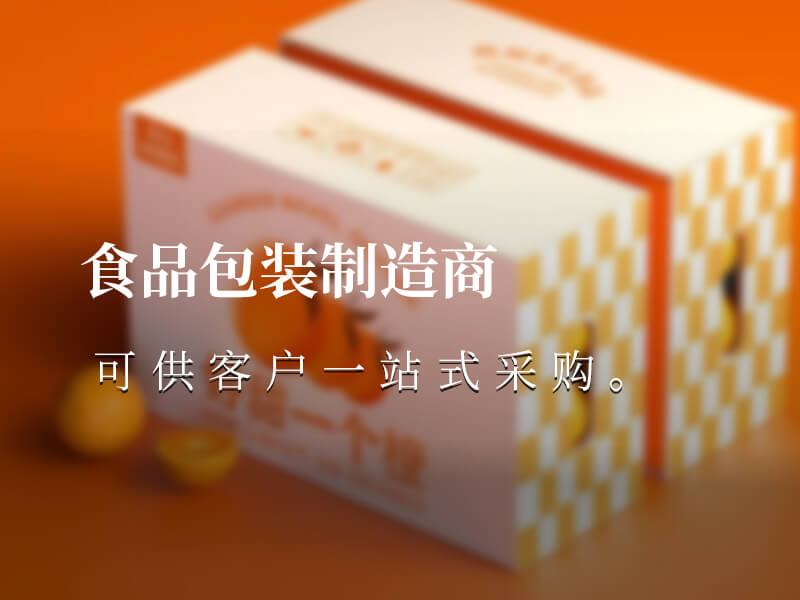

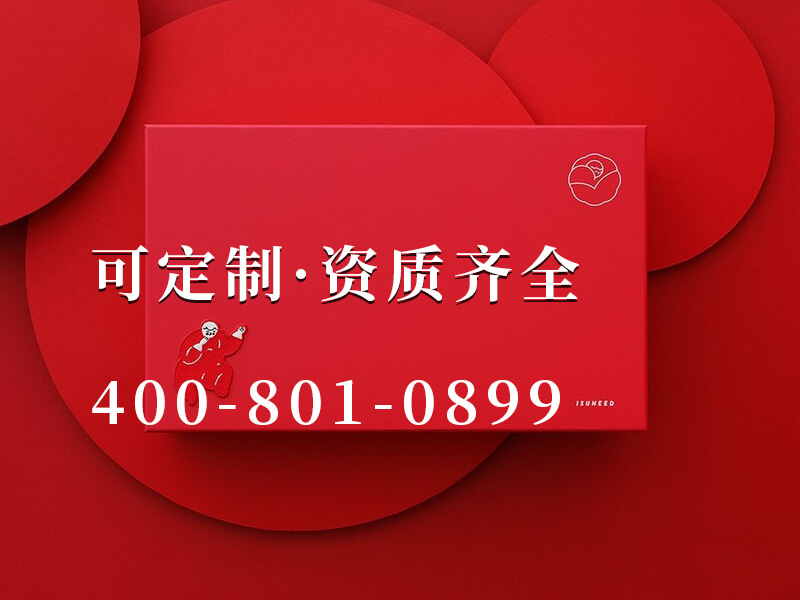
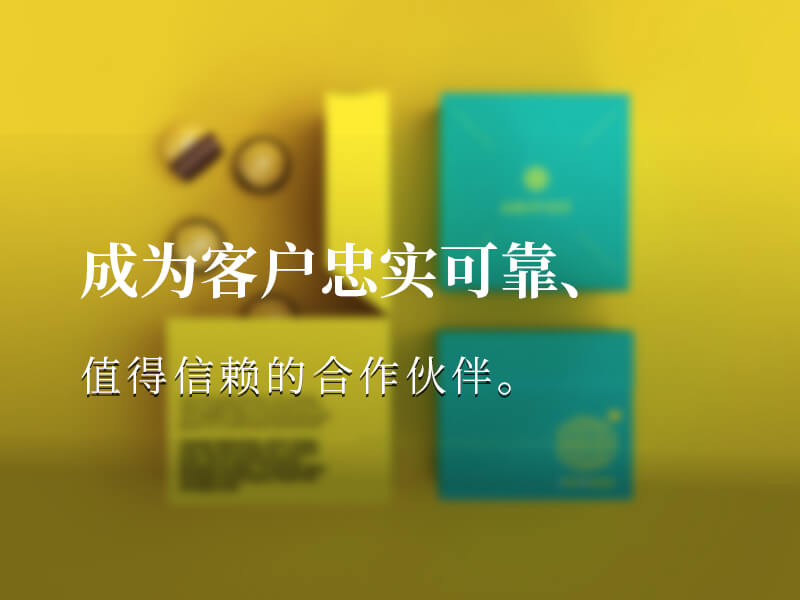

 當(dāng)前位置:
當(dāng)前位置:
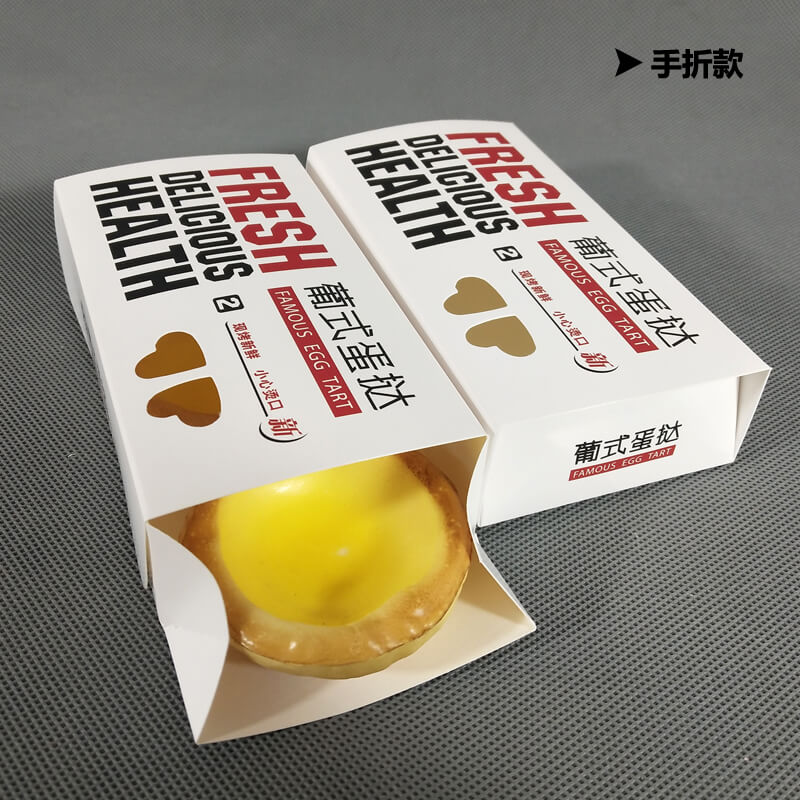
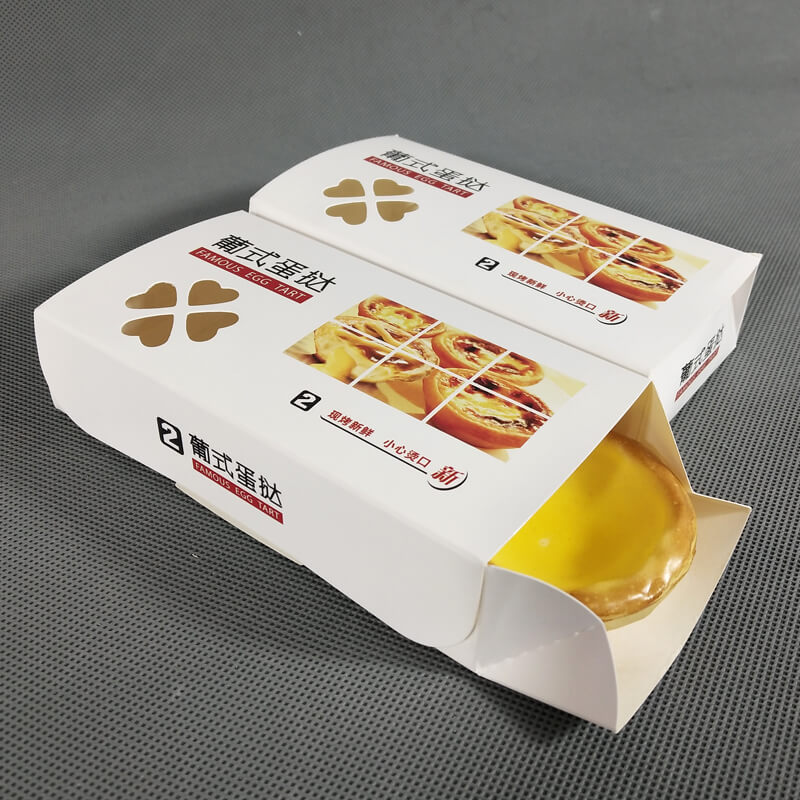
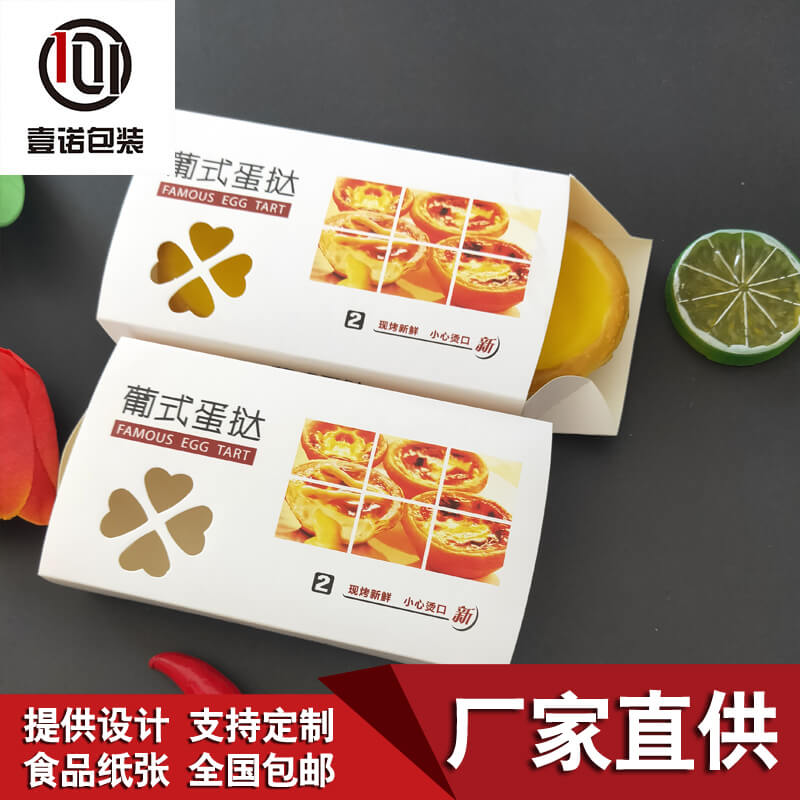
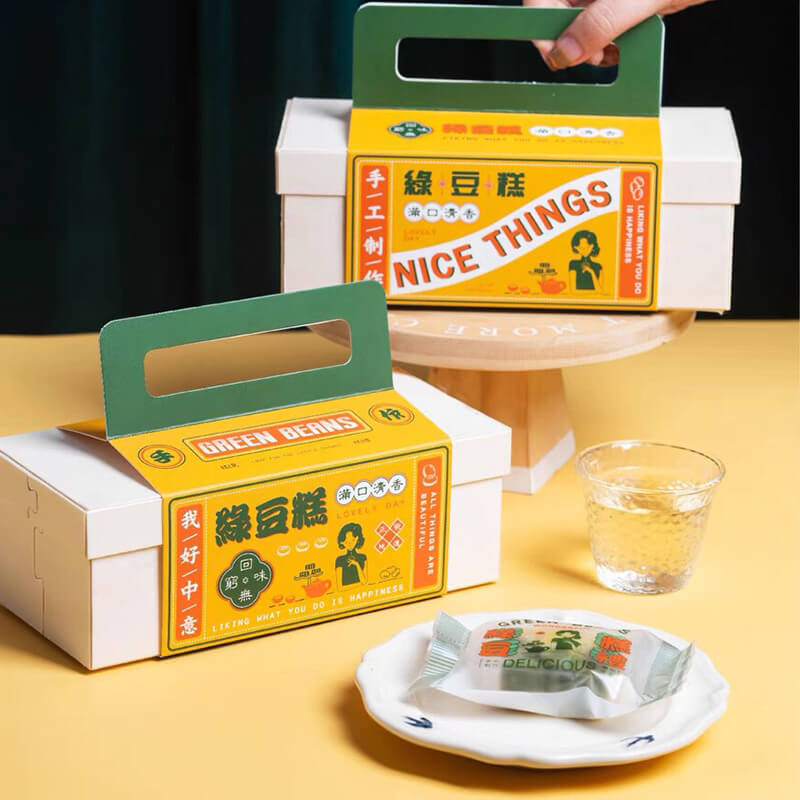


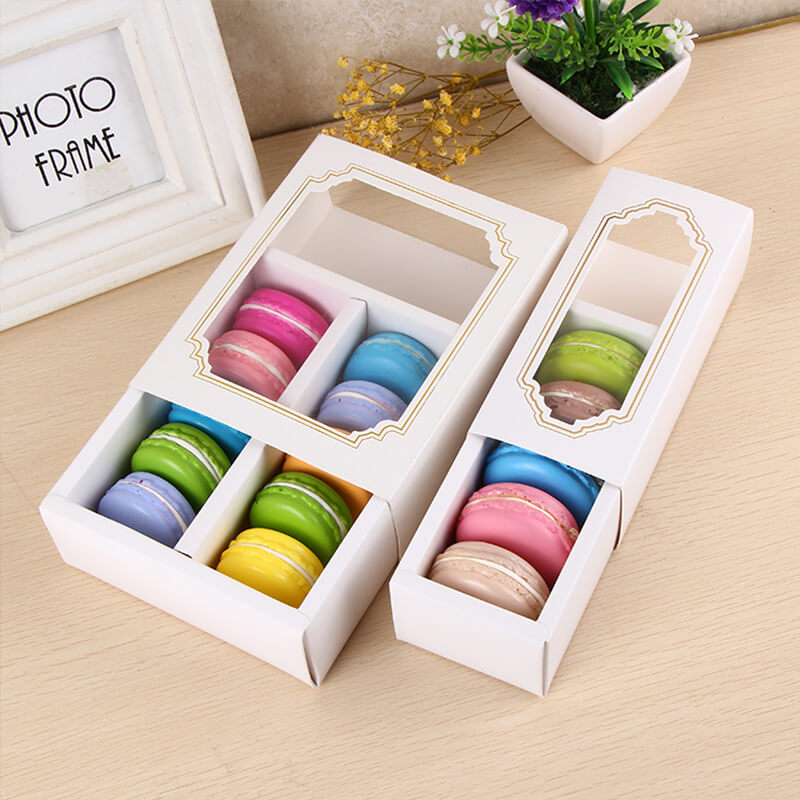
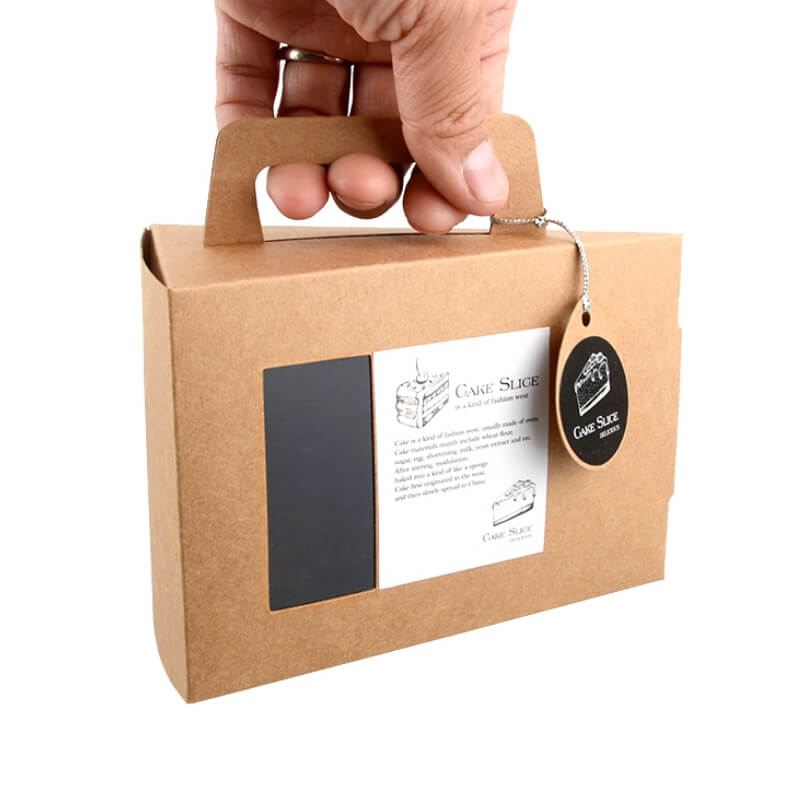
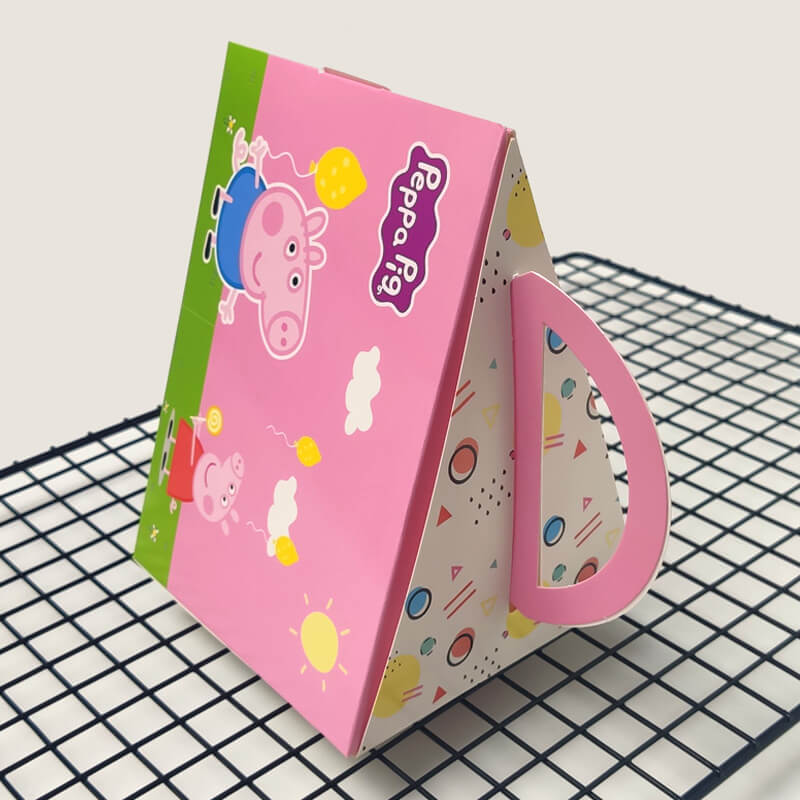
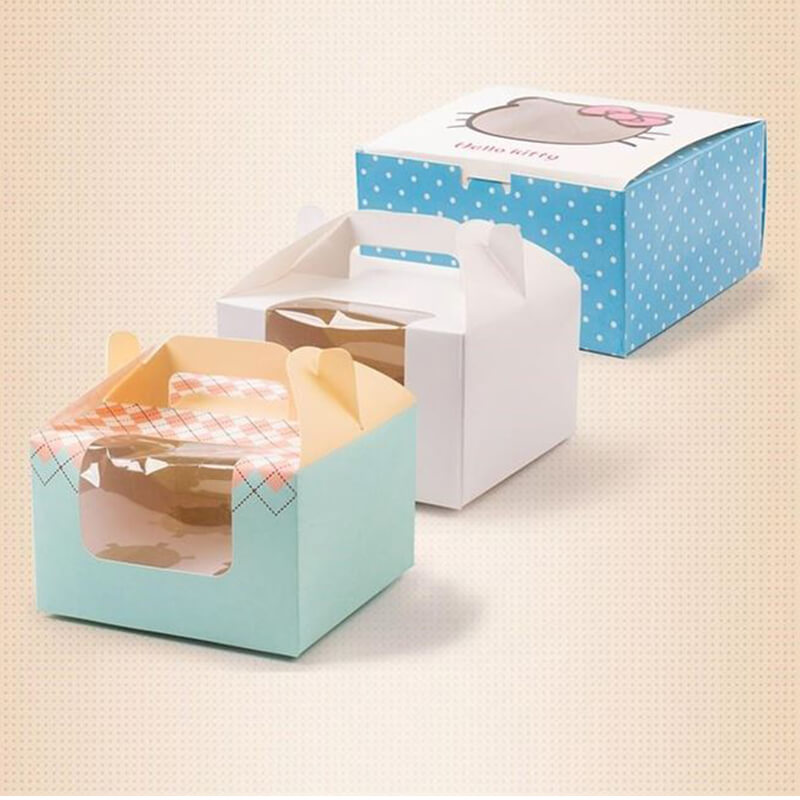
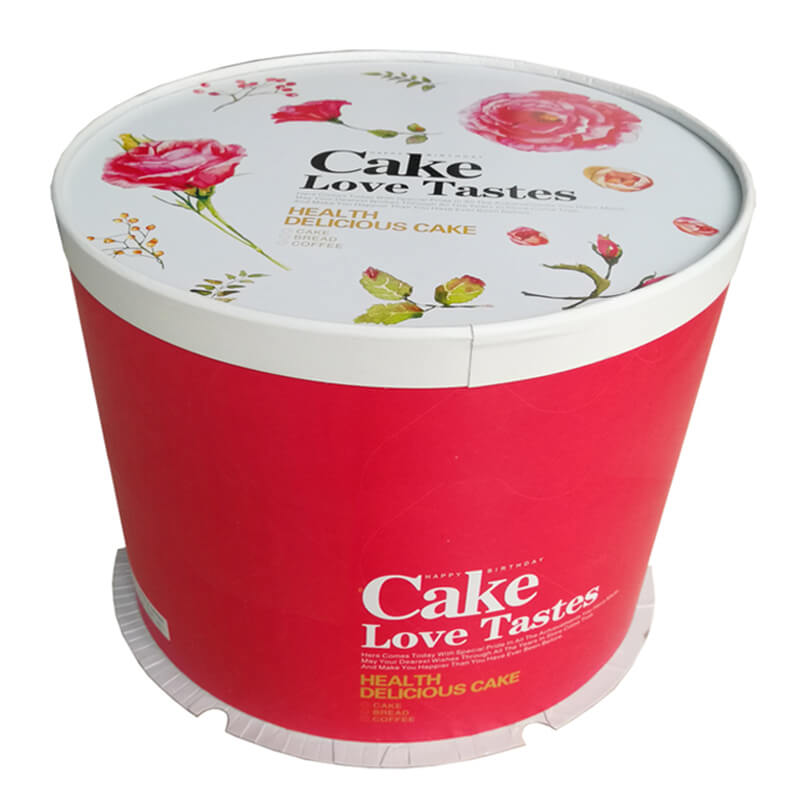
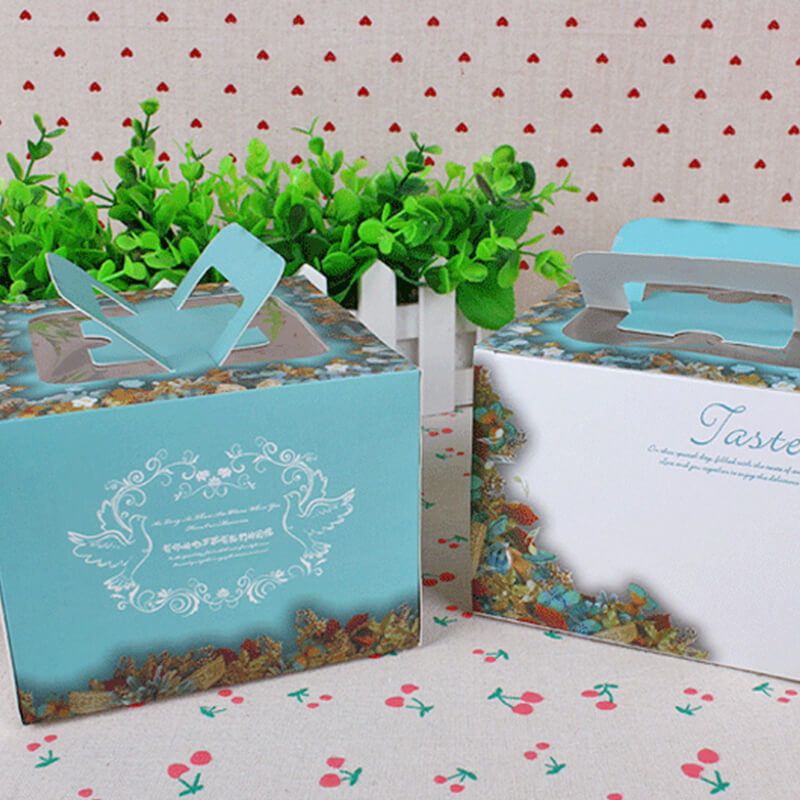
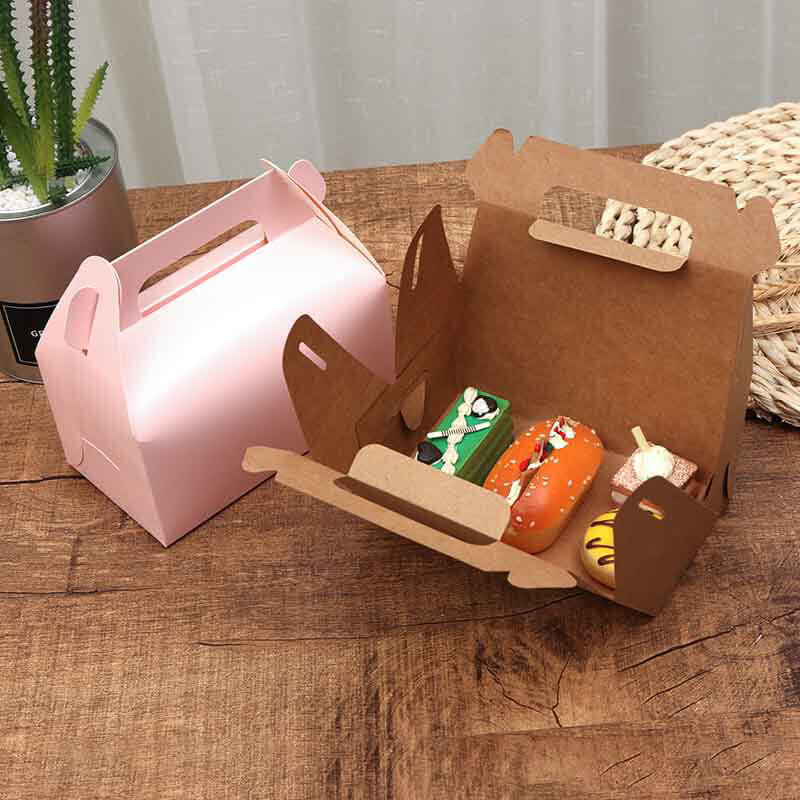
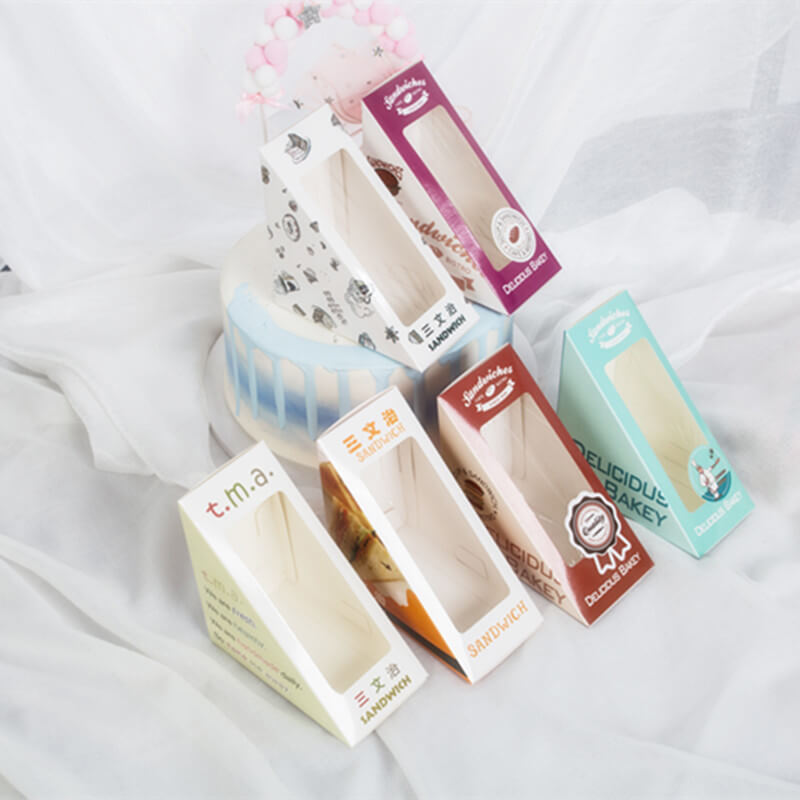







 魯公網(wǎng)安備 37010502001692號
魯公網(wǎng)安備 37010502001692號